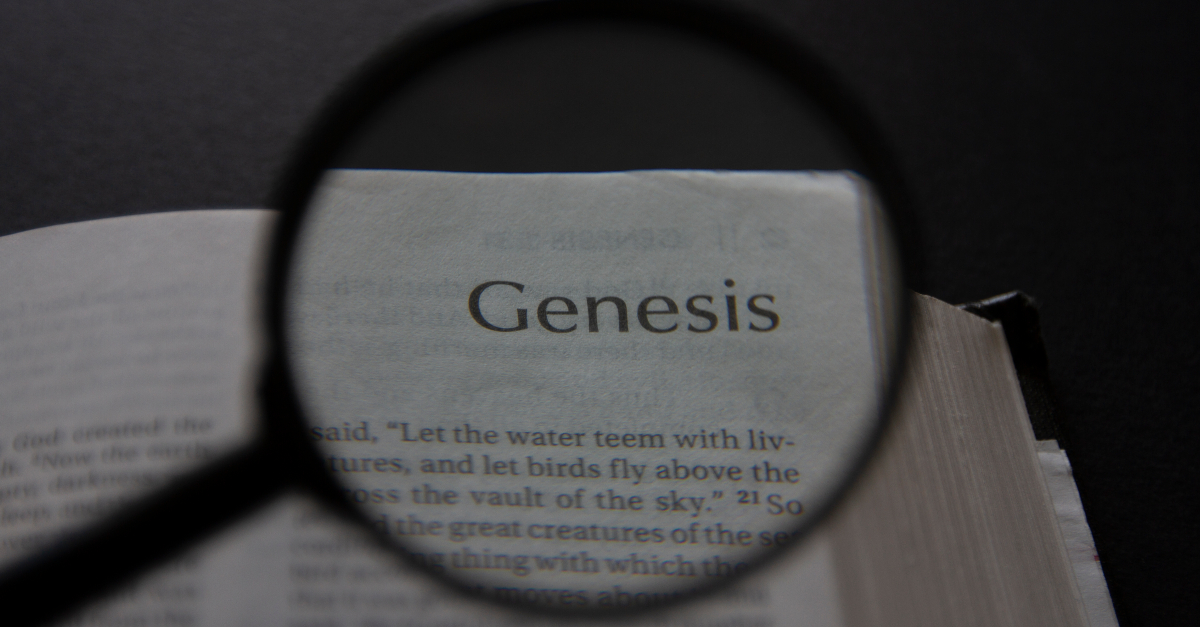
Scientists in modern-day Jordan have uncovered evidence of a giant meteor exploding in the atmosphere nearly 4,000 years ago that could account for the biblical story of Sodom and Gomorrah.
The scientists reported their findings in the journal Nature, saying a “highly unusual catastrophic event” occurred 3,600 years ago high above Tell el-Hammam, Jordan, that left a “charcoal-rich destruction layer” in the ground. At least 50,000 people lived in it and the surrounding area at the time, scientists estimate.
The event would have resulted in fire falling from the sky, killing the city’s inhabitants and leaving the region uninhabitable for centuries due to an excess of salt, the paper says.
Further, the event would have been even more powerful than the 1908 explosion over Tunguska, Russia, which detonated with 1,000 times the power of the Hiroshima atomic bomb. It would have “demolished and pulverized mudbrick walls across the city, leveling the city, and causing extensive human mortality,” the study says.
Genesis 19 says God destroyed Sodom and Gomorrah by raining down “burning sulfur.” The next day, Abraham looked at the region and “saw dense smoke rising from the land, like smoke from a furnace,” the Bible says.
“Thus he overthrew those cities and the entire plain, destroying all those living in the cities – and also the vegetation in the land,” Genesis 19:25 says.
Lot’s wife looked back and “became a pillar of salt,” according to Genesis 19:26.
One flaw in the theory may be the date for the event. Scientists estimate the explosion took place in 1650 B.C. Many biblical scholars believe Abraham lived several centuries prior to that. The Christian ministry Answers in Genesis previously expressed skepticism about Tell el-Hammam as a possible site.
Scientists say their paper does not relate to the age or location of Sodom, although they noted that the parallels are striking. The city would have been “burned” and “melted,” they say.
“The description in Genesis of the destruction of an urban center in the Dead Sea area is consistent with having been an eyewitness account of a cosmic airburst, e.g., (i) stones fell from the sky; (ii) fire came down from the sky; (iii) thick smoke rose from the fres; (iv) a major city was devastated; (v) city inhabitants were killed; and (vi) area crops were destroyed,” the scientists write.
Dan McLaughlin in National Review noted that it “would not be the first thing in Genesis to be consistent with historical evidence without being proven by such evidence.”
“Connecting the two inevitably involves a certain amount of faith. But certainly, if the Lord meant to destroy a city in one fell blow, a Tunguska-style atmospheric explosion of a meteor would be the most efficient way to do that within the parameters of things explainable by modern science,” McLaughlin wrote. “The fact that anyone looking back and returning to the site would find it uninhabitable for centuries due to an excess of salt seems a particularly apt detail.”
Photo courtesy: ©Sparrowstock
Michael Foust has covered the intersection of faith and news for 20 years. His stories have appeared in Baptist Press, Christianity Today, The Christian Post, the Leaf-Chronicle, the Toronto Star and the Knoxville News-Sentinel.
